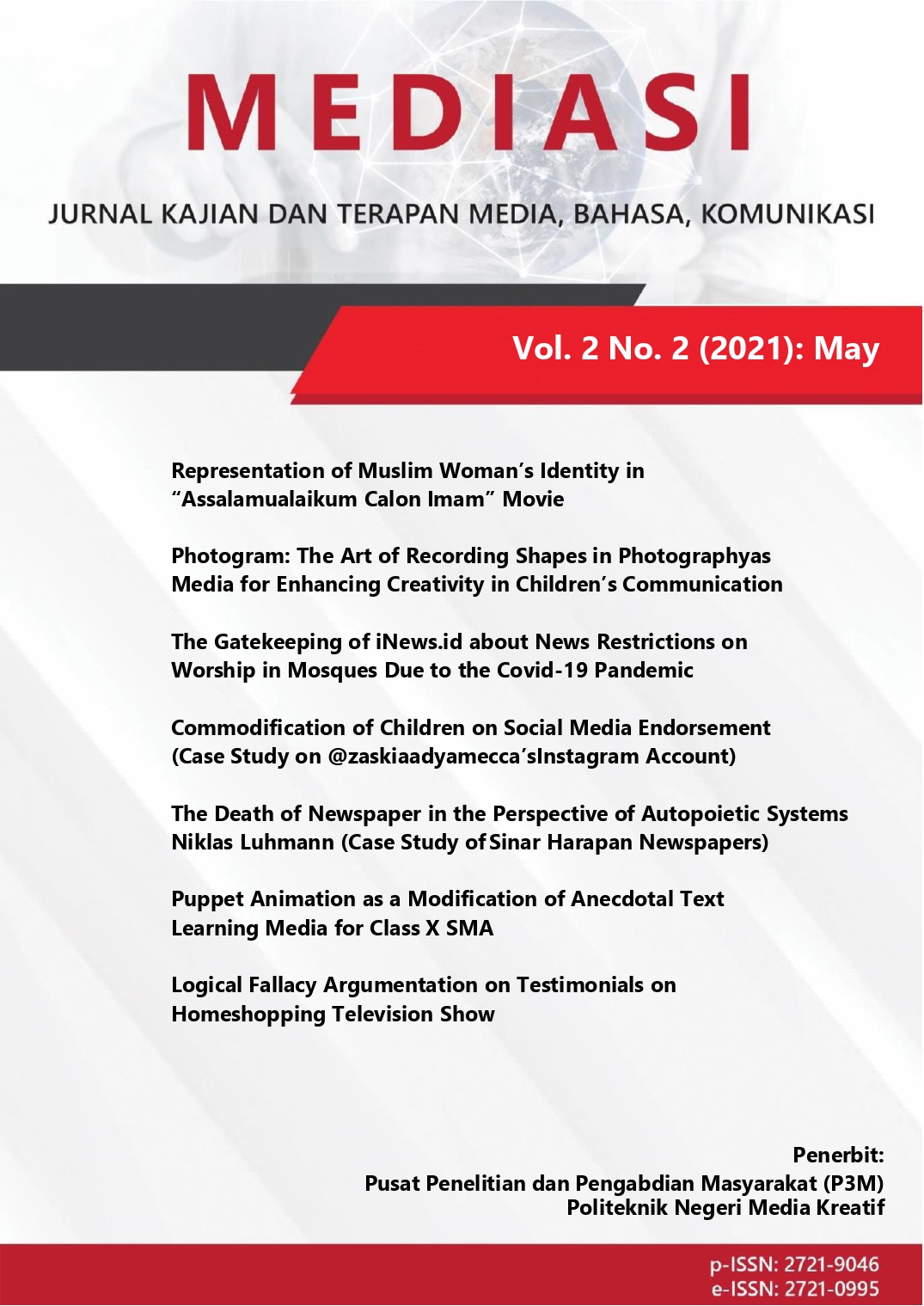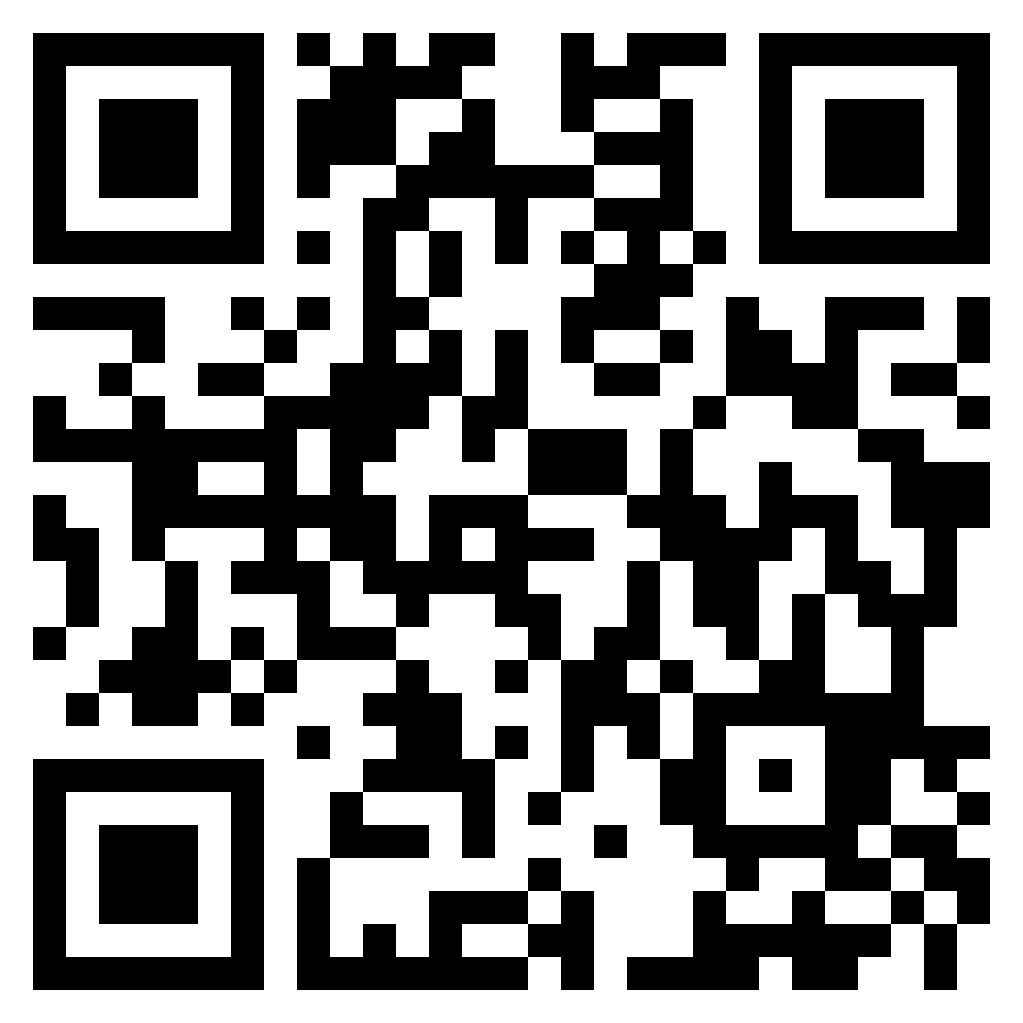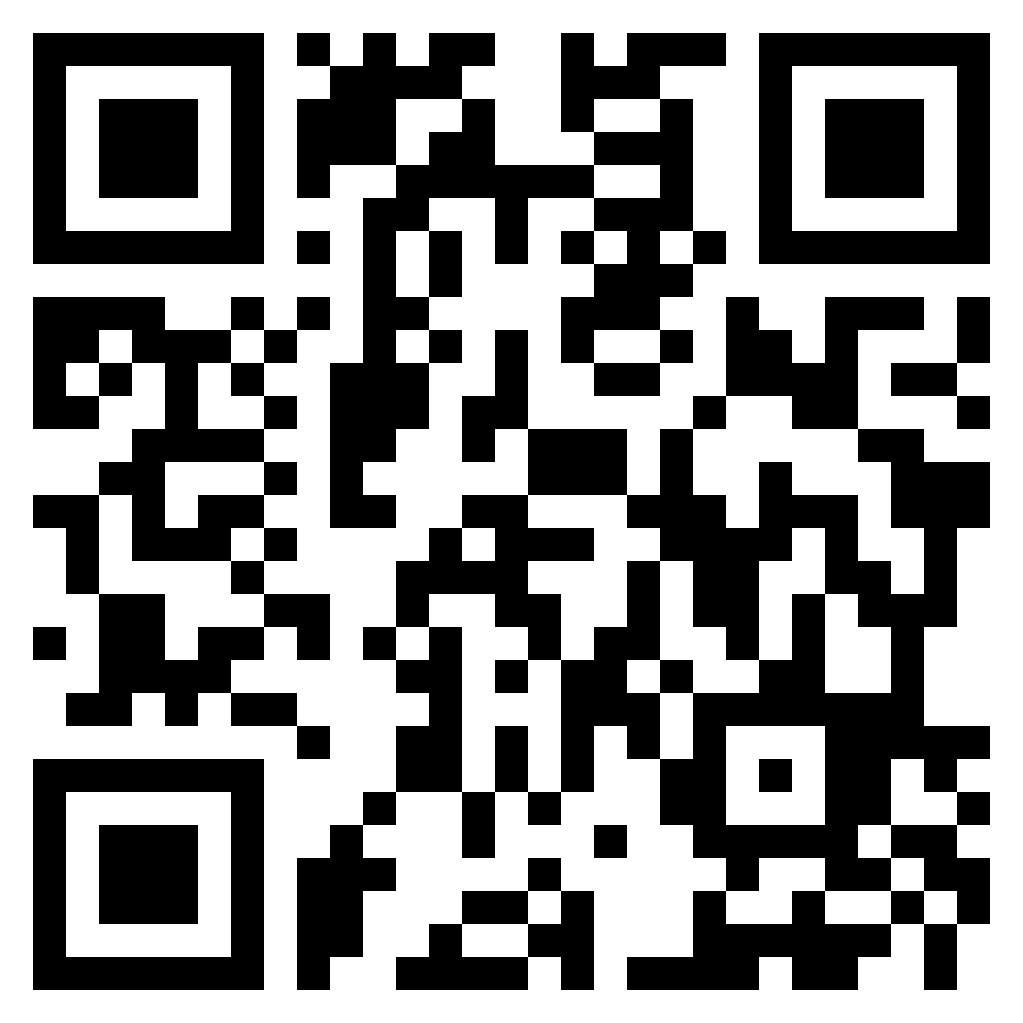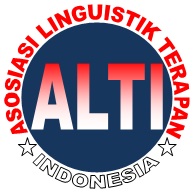Logical Fallacy Argumentation on Testimonials on Homeshopping Television Show
DOI:
https://doi.org/10.46961/mediasi.v2i2.368Keywords:
kesesatan logika, argumentasi, testimoni, televisi, homeshopping,Abstract
The decision to purchase a product is inseparable from the buyer's trust in a product. Testimonials are a tool for marketers to eliminate consumer barriers about the product to be purchased. Testimonials on home shopping television products tend to be controllable. The selection of sources, the use of scripts, and the editing process can be a form of media control over the information received by the public. This study focus on analyzing testimonials from the logical side of the testimony content. The method used to analyze this logical fallacy is qualitative content analysis. The text is separated using Toulmin's model into three parts, namely claim, ground, and warrant. This research uses a logical fallacy as a tool to evaluate the logic of the testimony in terms of content. The results of this study found that there was a logical fallacy in the testimony content. The fallacies include generalization fallacy, fallacy fallacies, fallacy of composition, appeal to wealth fallacy, appeal to pity, dan appeal to force.
References
Aiko, K. (2015). The "Psudo" Middle Class and Expanding Consumption in Indonesia. Dalam K. Aiko, & W.B. Horton. Consuming Indonesia (hlm. 1--35). Gramedia Pustaka Utama.
Barelson, B. (1952). Content Analysis in Communication Research. New York: Hafner Press.
Cook, J. P. (2000). Consumer Culture and Television Homeshopping Programming: An Examination of The Sales Discourse. Journal Mass Communication and Society, 3(4), 373--391.
Copi, I. M., Cohen, C., & Mc Mahon, K. (2011). Introduction To Logic. Edinburgh: Pearson Prentice Hall.
D'Angelo, F. J. (1987). Advertising and The Modes of Discourse. College Composition and Communication, 29(4), 356--361 .
Featherstone, M. (1991). Postmoderenisme dan Budaya Konsumen. Terjemahan oleh M.Z. Elisabeth (2008). Yogyakarta: Pustaka Pelajar.
Fisher, W. R. (1984). Narration As a Human Communication Paradigm: The Case of Public Moral Argument. London: Routledge.
Fujiyanti. (2005). Desain Pesan Iklan Testimonial di Indonesia. [Tesis tidak dipublikasikan]. Universitas Gadjah Mada.
Gudelunas, D. (2006). Shopping With Friends: Audience Perspective on Television Shopping. Popular Communication, 4(4), 229--252.
Jewler, A. J. (1992). Creative Strategy in Advertising. California: Wadsworth Publishing Company.
Karbach, J. (1987). Using Toulmin's Model of Argumentation. Journal of Teaching and Writing, 6(1), 81--91.
Kushendrawati, S. M. (2006). Masyarakat Konsumen Sebagai Ciptaan Kapitalisme Global: Fenomena Budaya dalam Realitas Sosial. Makara, 10( 2), 49--57.
Littlejohn, S. W., & Foss, K. A. (2007). Encyclopedia of Communication Theory. California: Sage Publications.
McQuail, D. (1979). The Influence And Effect of Mass Media. London.: Sage Publications Ltd.
Pramudyo, K. P. (2014). Pengaruh Testimonial dan Internet Escrow dalam Membangun Kepecayaan, Niatan Bertransaksi, dan Perilaku Pembelian secara Rill. [Tesis tidak dipublikasikan]. Universitas Gadjah Mada.
Prawiroharjo, P., & Meilia, P. D. (2017). Dokter Beriklan: Sebuah Tinjauan Menurut Kode Etik Kedokteran Indonesia (KODEKI) Tahun 2012. Jurnal Etika Kedokteran Indonesia, 1(1), 13--17.
Sangadji, E. M., & Sopiah. (2013). Perilaku Konsumen. Yogyakarta: Penerbit Andi.
Schreier, M. (2014). Qualitative Content Analysis. Dalam U. Flick. The SAGE Handbook of Qualitative Data Analysis (hlm. 170). SAGE Publications Ltd.
Singh, D. (2000). Electronic Word of Mouth. Paradigm, 4(2), 1--11.
Supardi, S., dkk. (2011). Kebijakan Periklanan Obat dan Obat Tradisional di Indonesia. Buletin Penelitian Sistem Kesehatan, 14(11), 59--67.
Trenholm, S. (1989). Persuasion and Social Influence. New Jersey: Prentice-Hall.
Wibowo, F. (2007). Teknik Produksi Program Televisi. Yogyakarta: Pinus.
Zhang, Y., & Wildemuth, B.M. (2005). Qualitative Analysis of Content. Dalam B.M. Wildemuth. Applications of Social Research Methods to Questions (hlm 1--12). UK.
Downloads
Published
How to Cite
Issue
Section
Citation Check
License
You are free to:
- Share — copy and redistribute the material in any medium or format
- Adapt — remix, transform, and build upon the material
- The licensor cannot revoke these freedoms as long as you follow the license terms.
Under the following terms: Attribution; NonCommercial; and no additional restrictions.















